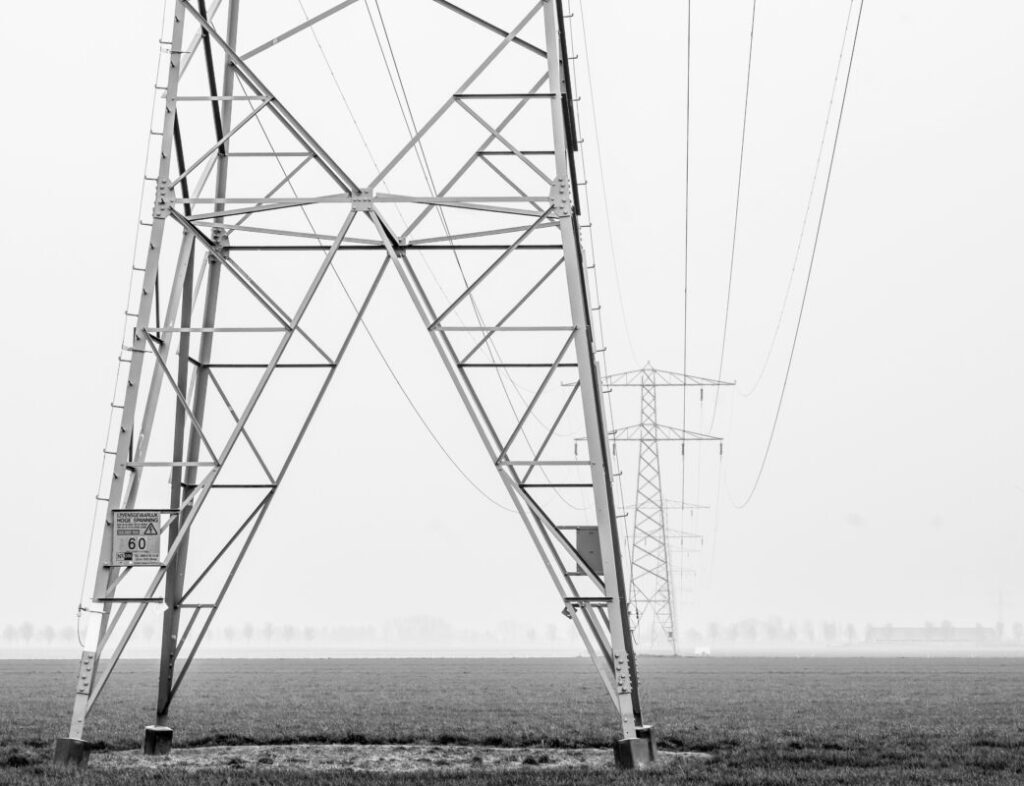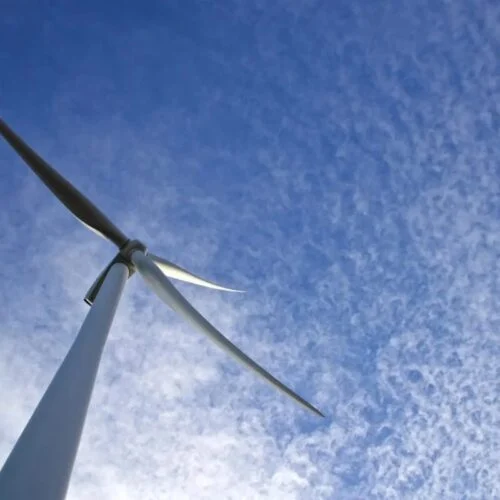A new report from the International Energy Agency (IEA) has stated that the surging demand for electricity worldwide up to 2027 will likely be met by the growth in renewable energy generation.
Global electricity demand rose by 4.3% in 2024 and is forecast to continue to grow at close to 4% each year up to 2027. Over the next three years, global energy consumption is predicted to rise by 3,500TWh – corresponding to adding more than the usage of Japan to the world’s electricity consumption each year. The cause of this rising demand can be attributed to many sources, but the IEA particularly highlights the rise in air conditioner ownership, data centres and 5G networks, and EV charging needs as drivers of the growing demand.
Renewable and low-carbon sources of electricity generation are becoming increasingly dominant in the global energy mix. Much of the growth of renewable energy capacity around the world is down to the increasing dominance of solar PV, the price of which has been falling for an extended period of time. Globally, solar PV generation hit the 2,000TWh mark in 2024, making up 7% of global electricity generation in 2024. This market share has risen from the previous year, as solar energy made up 5% of global electricity generation in 2023. The IEA predicts that over the next three years, roughly 600 TWh of additional electricity will be generated from solar each year, equivalent to Korea’s annual consumption.
While electricity demand globally is growing, both in emerging economies and more developed states, the growth of renewables is set to meet this surge in demand. Renewables are set to meet around 95% of electricity demand growth between now and 2027 worldwide.
In the UK, renewables passed the 50% mark in the share of the nation’s energy mix in 2024, even as data centre expansion and increased electrification saw electricity demand grow by 2.4% over the year. The UK imported more electricity in 2024, as domestic electricity generation declined by about 1.3% from the previous year. Gas-fired power generation fell by roughly 15% in 2024, having fallen by 23% in 2023. UK electricity generation from renewable sources is expected to increase by over 11% each year between 2025 and 2027.
Emissions set to plateau
Additionally, global CO2 emissions from electricity generation are expected to plateau between 2025 and 2027, having increased by 1% in 2024. This is a slowdown from 2023, where global CO2 emissions from electricity generation grew by 1.3%; the slowdown is attributed to the rising use of renewable energy.
Coal-fired electricity generation, which was phased out in the UK late last year, grew by 1% globally in 2024 and is expected to stagnate between 2025 and 2027. Meanwhile, gas-fired electricity generation is set to grow at a moderate but steady rate of 1% annually between 2025 and 2027, following a 2.6% surge in 2024 and a 1.3% increase in 2023. On this, the IEA notes: “Even in regions where we expect gas-fired generation to decline, its role in providing flexibility to the system and acting as backup capacity will be essential for maintaining security of supply”.
The report also notes that wholesale electricity prices fell in the European Union, India, the UK and the US by an average of 20% when compared to the previous year. However, the report notes that the increasing volatility of the wholesale electricity market, as evidenced by extremely high price spikes caused by short periods of extremely low generation from both solar PV and wind generation, proves the need for increased flexibility in electricity grids, through means such as battery energy storage systems.






